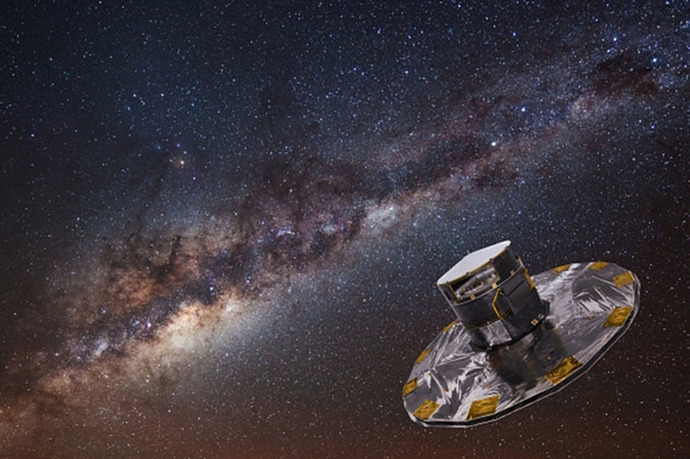
Upcoming Galaxy Map Could Radically Transform How We See the Milky Way
The Gaia spacecraft, which was launched in late 2013 by the European Space Agency, is on a mission to chart the heavens in unprecedented detail. By the end of its five-year-long run it will pinpoint the positions of one billion stars in the sky with an uncertainty as small as five micro–arc seconds—roughly twice the size of a quarter sitting on the moon as seen from Earth—hundreds of times better than today’s best catalogue. But to top it off, its one-billion-pixel camera will also chart each star’s distance and two-dimensional velocity, providing a five-dimensional map of the Milky Way Galaxy. (Three-dimensional velocities will be given for the brightest 100 million stars.) To Kathryn Johnston, Member (1996–99) in the School of Natural Sciences and an astronomer at Columbia University, creating this star chart is like mapping Earth’s continents for the first time, transforming an image of a vague green blob into a three-dimensional world with mountains, rivers, and valleys. Read more http://ow.ly/hTkJ3048Mxq.